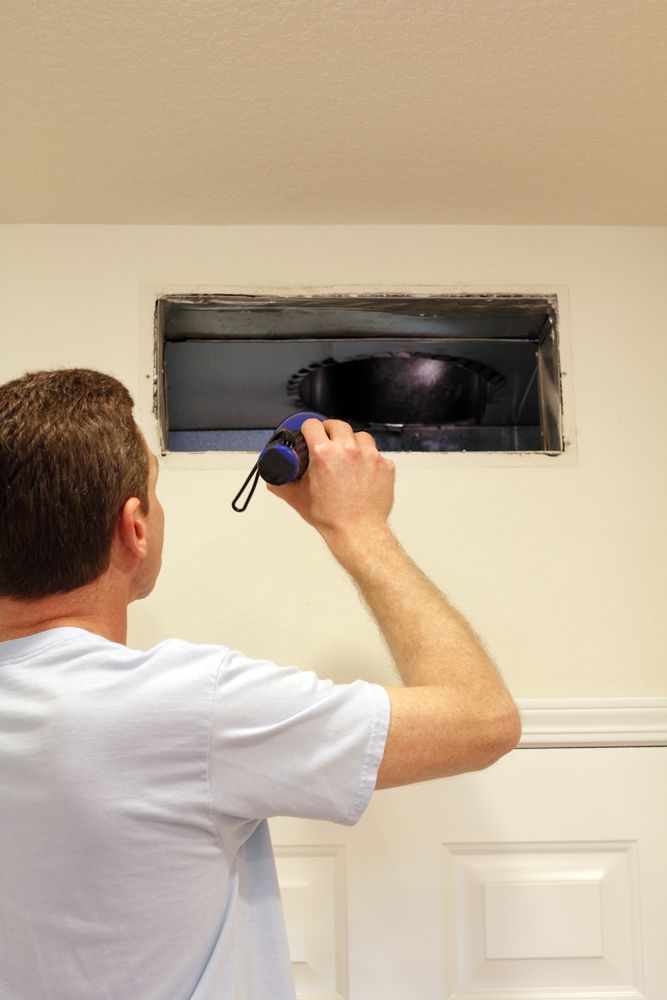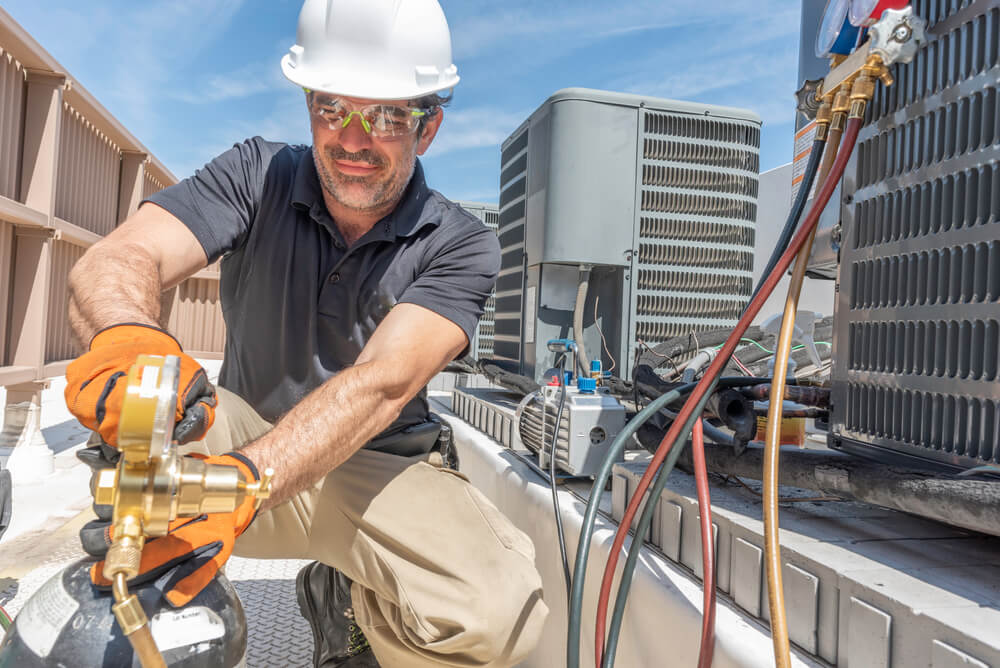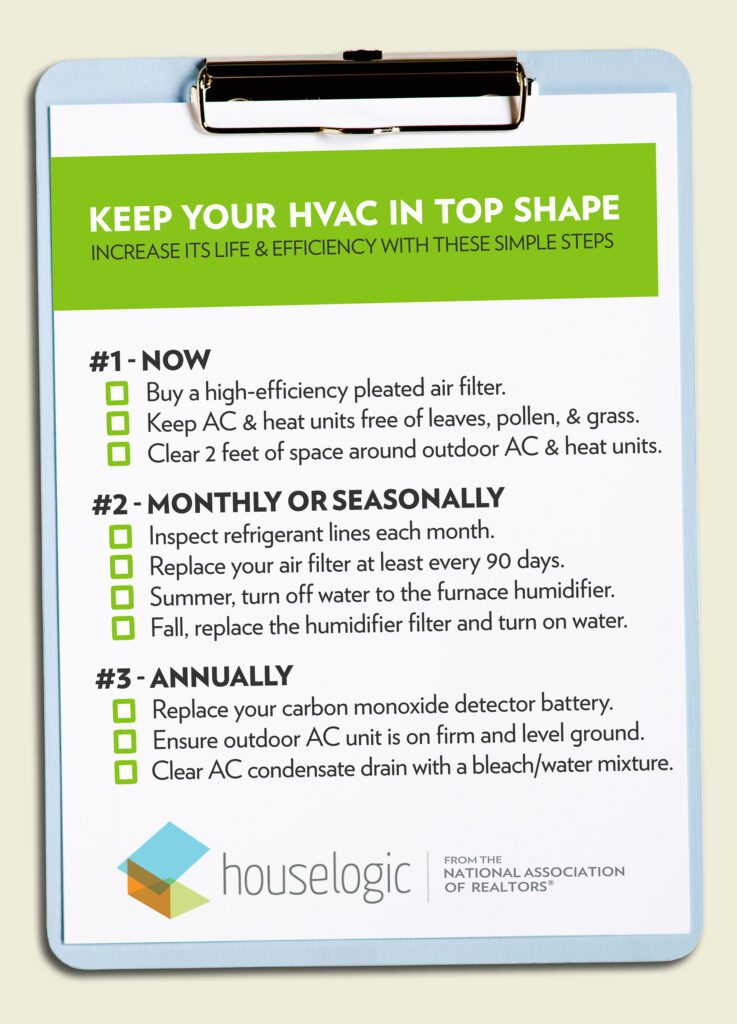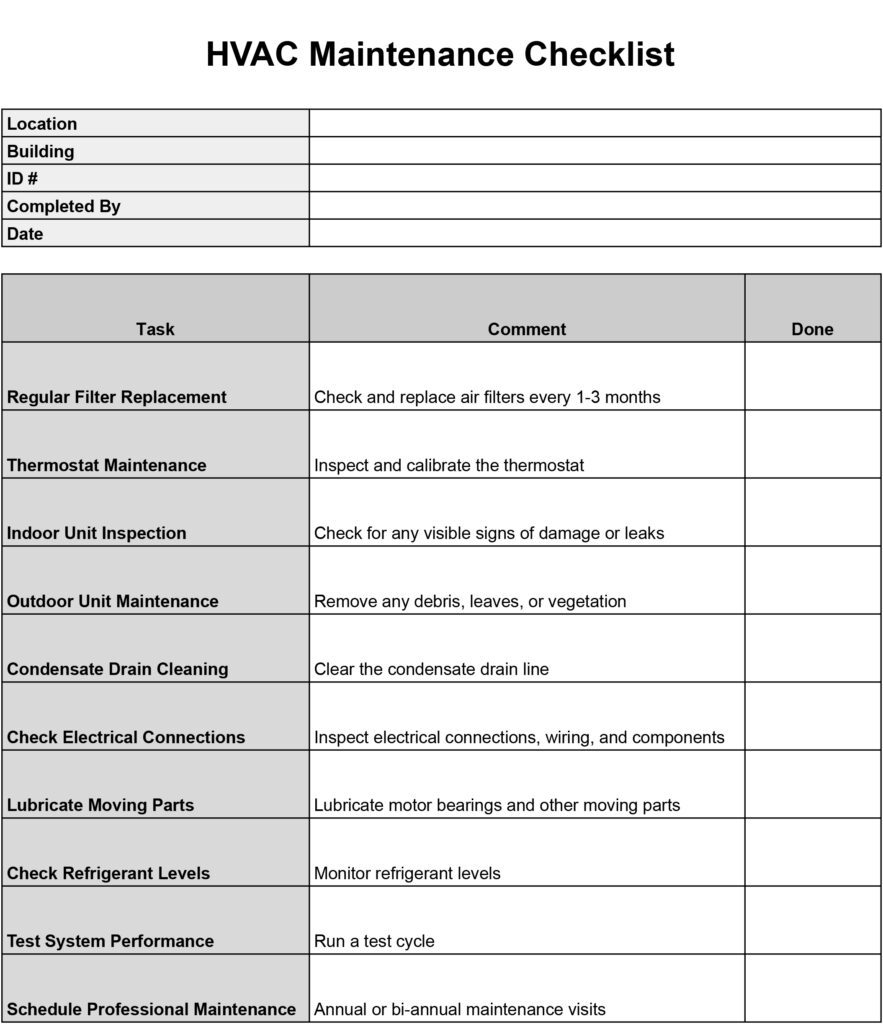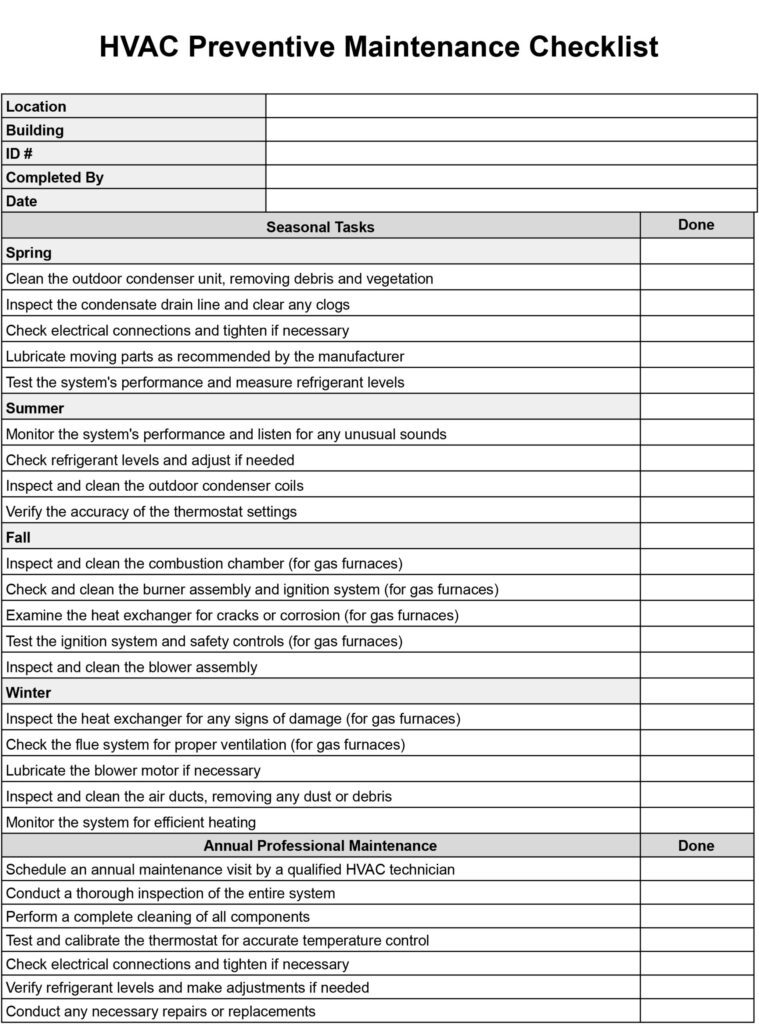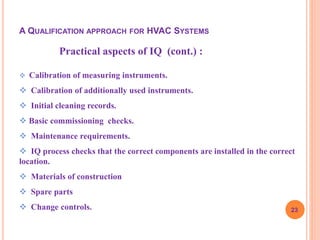If you’ve noticed a decrease in the efficiency of your heating or cooling system or have been experiencing inconsistent temperatures throughout your home, it may be time to address the issue of leaky ductwork. While the cost of sealing leaky ductwork can vary depending on the size of your home, the accessibility of the ducts, and the severity of the leaks, it is a worthwhile investment that can lead to significant energy savings and improved comfort. In this article, we’ll explore the factors that affect the cost of sealing leaky ductwork and provide you with some estimates to help you make an informed decision.


Factors Affecting the Cost of Sealing Leaky Ductwork
Ductwork Material
The material used for ductwork is a crucial factor that affects the cost of sealing leaky ducts. Different materials require different sealing techniques and materials. For example, sealing ducts made of flexible material such as fabric or foil requires specialized tape or sealants, while sealing metal ducts may require mastic sealant or mechanical fasteners. The cost of materials needed for sealing can vary based on the type of ductwork material used.
Extent of Leakage
The extent of leakage in the ductwork plays a significant role in determining the cost of sealing. Ductwork with minor leaks may only require minimal sealing, which can be a relatively straightforward and inexpensive process. However, if the ducts have extensive leaks or multiple leaks, more time and materials will be needed to properly seal them. This can result in higher costs for sealing.
Size and Complexity of the System
The size and complexity of the HVAC system also impact the cost of sealing leaky ducts. Larger systems with multiple duct runs and branches will require more time and materials for sealing. Additionally, complex systems with intricate designs or difficult-to-reach areas can increase the labor and expertise needed for sealing, which can add to the overall cost.
Accessibility of Ductwork
The accessibility of the ductwork can affect sealing costs. If the ducts are easily accessible and located in areas where technicians can easily reach, the sealing process will be more straightforward and less time-consuming. However, if the ductwork is located in hard-to-reach or confined spaces, additional effort and time will be required to properly seal the leaks, which can increase the cost.
Location and Climate
The location and climate of your region can impact the cost of sealing leaky ductwork. In areas with extreme temperatures, such as very cold winters or hot summers, a well-sealed ductwork system is particularly important for energy efficiency. Consequently, the demand for duct sealing services may be higher in these regions, leading to potentially higher costs compared to regions with milder climates.
Professional Labor Costs
The cost of professional labor is a significant factor in the overall cost of sealing leaky ductwork. Labor costs can vary depending on factors such as the local market, the complexity of the system, and the expertise of the professionals. It’s important to get quotes from multiple reputable contractors to compare prices and ensure you are getting a fair and competitive rate.
Additional Repairs or Replacements
During the duct sealing process, additional repairs or replacements may be needed. If the ductwork is old or in poor condition, certain sections may need to be replaced instead of sealed. These additional repairs or replacements can add to the overall cost.
Age and Condition of the Ductwork
The age and condition of the ductwork are factors that affect the cost of sealing. Older ductwork may be more prone to leaks and deterioration, requiring more comprehensive sealing. Additionally, if the ducts are in poor condition with significant damage or corrosion, extensive repairs or replacements may be needed, which can significantly increase the cost.
Cost of Materials
The cost of materials used for sealing leaky ductwork can vary depending on the type and quality of the products chosen. There are various options available, ranging from duct sealing tapes and mastics to aerosol sealants and mechanical fasteners. The cost of these materials should be taken into account when estimating the overall cost of the sealing process.
Energy Savings
While sealing leaky ductwork comes with upfront costs, it is important to consider the potential long-term energy savings. By properly sealing the ducts, you can minimize air leakage, improve energy efficiency, and reduce energy waste. This can lead to significant savings on your energy bills over time, offsetting the initial investment in duct sealing.
Average Cost Range for Sealing Leaky Ductwork
National Average Cost
The national average cost for sealing leaky ductwork ranges from $1,500 to $3,000. However, it’s important to note that this is just an estimate and the actual cost can vary depending on the factors mentioned earlier.
Range for Small Homes
For small homes with a simple ductwork system, the cost of sealing leaky ducts can range from $500 to $1,000. These homes typically have fewer duct runs and branches, making the sealing process less time-consuming.
Range for Medium-Sized Homes
In medium-sized homes with a moderately complex ductwork system, the cost of sealing leaky ducts can range from $1,000 to $2,000. These homes may have multiple duct runs and branches, requiring more effort and materials for sealing.
Range for Large Homes
Large homes with a complex ductwork system can have sealing costs ranging from $2,000 to $4,000 or more. These homes often have extensive duct runs, multiple levels, and difficult-to-reach areas, increasing the labor and materials needed for sealing.
Additional Costs
In addition to the basic sealing costs, there may be additional expenses involved. For example, if the ductwork requires repairs or replacements, the cost of materials and labor for these additional tasks will need to be considered. It’s important to discuss these potential additional costs with the contractor during the initial assessment and inspection phase.
Cost of DIY vs Professional Service
While some homeowners may choose to tackle duct sealing as a do-it-yourself (DIY) project to save money, it’s important to consider the pros and cons. DIY duct sealing can cost anywhere from $100 to $500 for materials, depending on the size of the system and the chosen sealing method. However, professional service offers benefits such as expertise, efficiency, and the peace of mind of a well-sealed system. Moreover, professionals can accurately assess the extent of leakage and ensure proper sealing, potentially leading to higher energy savings in the long run.


Methods and Techniques for Sealing Leaky Ductwork
Duct Sealing Tape
Duct sealing tape is a commonly used method for sealing leaky ductwork. It is a durable tape designed specifically for sealing ducts. The tape is applied to cover small leaks or gaps, creating an airtight seal. Duct sealing tape is relatively easy to use and cost-effective compared to some other sealing methods. However, it may not be suitable for larger leaks or long-term durability.
Mastic Sealant
Mastic sealant is a viscous adhesive compound that is applied to seal leaks in ductwork. It provides a flexible and durable seal that adheres well to various duct materials. Mastic is typically applied with a brush or a gloved hand, allowing for precise application. It is effective for both small and larger leaks and can provide long-lasting sealing results.
Aerosol Sealants
Aerosol sealants are spray-on products specifically designed for sealing ductwork leaks. They are easy to use and can reach into tight spaces or inaccessible areas. Aerosol sealants create a foam-like substance that fills the gaps and cracks in the ductwork, creating an airtight seal. These sealants can be effective for sealing both small and larger leaks.
Duct Insulation
Duct insulation is an important component of a well-sealed ductwork system. Insulating the ducts helps prevent temperature loss or gain and minimizes condensation. Insulation can be applied using various materials, such as fiberglass or foam board. The cost of duct insulation should be factored into the overall cost of sealing leaky ductwork, as it contributes to the energy efficiency of the system.
Mechanical Fasteners
Mechanical fasteners, such as screws or metal straps, are used to secure ductwork and ensure a tight seal. They can be effective for sealing joints, connections, or areas where ducts meet the air handler or register. Mechanical fasteners provide a strong and long-lasting seal, but they are often used in combination with other sealing methods for maximum effectiveness.
Sealing Joints and Connections
Joints and connections are common areas where leaks may occur in a ductwork system. Properly sealing these joints and connections is essential for preventing air leakage. This can be done using a combination of sealing techniques, such as mastic sealant, duct sealing tape, or mechanical fasteners, depending on the specific needs of the system.
Air Balancing
Air balancing is the process of adjusting the airflow in a ductwork system to ensure proper distribution of conditioned air throughout the space. It involves measuring and adjusting the air pressure and air volume in each duct to achieve optimal performance. Air balancing is often performed by professionals during the duct sealing process to maximize energy efficiency and comfort.
Duct Replacement vs Sealing
In some cases, duct replacement may be necessary instead of sealing. This is typically the case when the ductwork is in poor condition, heavily corroded, or structurally compromised. Duct replacement involves removing the old ducts and installing new ones. While duct replacement can be more expensive upfront, it may be the best solution for long-term efficiency and comfort.
Professional Duct Sealing Process
Initial Assessment and Inspection
The professional duct sealing process begins with an initial assessment and inspection of the ductwork system. A qualified technician will assess the extent of leakage, identify problem areas, and determine the best sealing methods to address the leaks. This assessment allows for a more accurate estimate of the sealing costs and identifies any additional repairs or replacements that may be needed.
Preparation and Cleaning
Before sealing the leaks, the ductwork needs to be properly prepared and cleaned. This involves removing any debris or loose insulation that may obstruct the sealing process. The ducts may also be cleaned to improve air quality and remove any accumulated dust or contaminants.
Sealing Leaks and Openings
Once the ductwork is prepared, the technician will proceed to seal the leaks and openings using the appropriate sealing methods. This may involve applying mastic sealant, using duct sealing tape, or using aerosol sealants, depending on the specific needs of the system. The technician will ensure that all leaks are properly sealed, paying close attention to joints, connections, and problem areas identified during the inspection.
Testing and Verification
After sealing the ductwork, the system will be tested to verify the effectiveness of the sealing. This may involve using specialized equipment to measure air pressure, airflow, or temperature differentials throughout the system. The technician will check for any remaining leaks or areas that require further sealing. This step ensures that the ductwork is properly sealed and functioning optimally.
Post-Sealing Report
Once the sealing process is complete and the system has been tested, the technician will provide a post-sealing report. This report outlines the work that was done, the areas that were sealed, and any additional repairs or recommendations. It serves as a record of the sealing process and can be useful for future reference or maintenance.
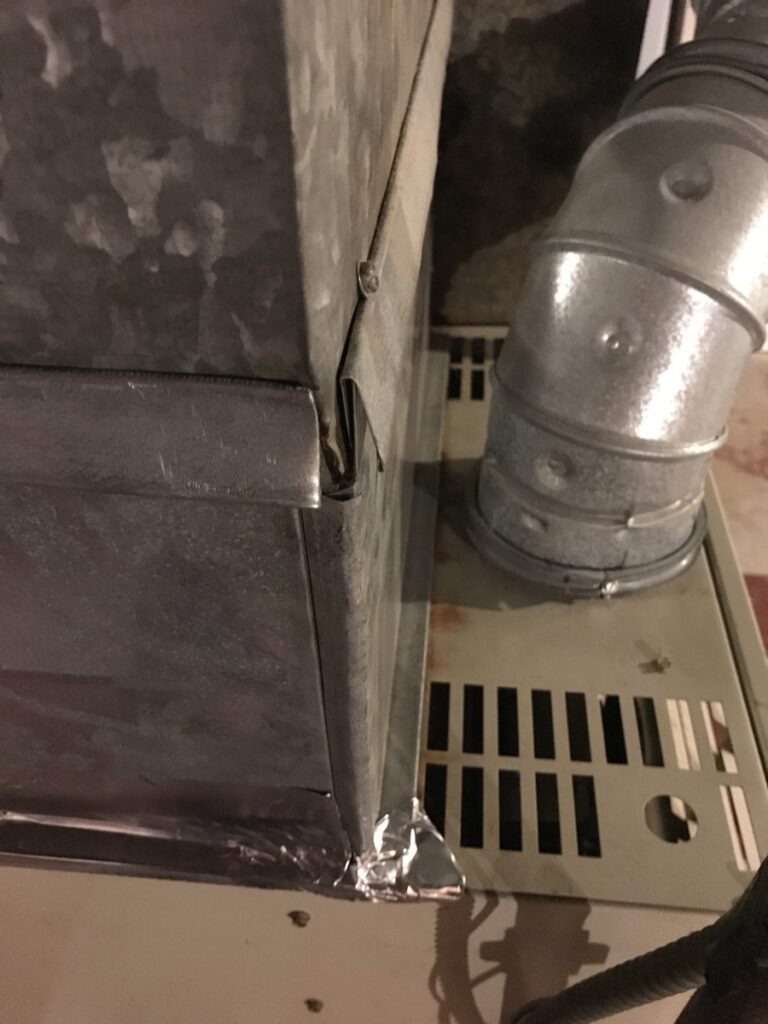

DIY Duct Sealing
Identifying Leaks
Before starting the DIY duct sealing process, it’s important to identify the areas of leakage in the ductwork. This can be done by visually inspecting the ducts for any visible gaps, cracks, or disconnected sections. It may also be helpful to feel for air leaks or listen for whistling sounds when the HVAC system is running.
Preparation
Once the leaks are identified, the next step is to prepare the ductwork for sealing. This involves cleaning the ducts to remove any debris or loose insulation that may interfere with the sealing process. It’s important to ensure the ducts are dry and free from any contaminants before proceeding.
Selecting the Right Sealants
Choosing the right sealants is crucial for effective DIY duct sealing. Duct sealing tape, mastic sealant, or aerosol sealants are commonly used options. Consider the type of ductwork material and the extent of leakage when selecting the appropriate sealant. Follow the manufacturer’s instructions for proper application.
Sealing Process
Once the sealant is selected, apply it to the identified leaks and openings. For duct sealing tape, ensure that the tape is fully covering the leaks and provides an airtight seal. For mastic sealant, use a brush or gloved hand to apply a thin layer over the leaks. For aerosol sealants, follow the instructions on the can for proper application.
Testing and Verification
After sealing the ducts, it’s important to test the effectiveness of the seals. Turn on the HVAC system and check for any remaining leaks or areas that may require further sealing. Check for noticeable improvements in airflow and temperature distribution throughout the space. Make adjustments as needed to achieve optimal sealing results.
Cost-Saving Tips for Duct Sealing
Do-It-Yourself Approach
Choosing a DIY approach to duct sealing can save money on professional labor costs. However, it’s important to have a good understanding of the sealing process and to properly identify and seal the leaks. DIY duct sealing may be more suitable for smaller systems or minor leaks, while larger or more complex systems may benefit from professional expertise.
Regular Maintenance and Inspection
Regular maintenance and inspection of the ductwork can help identify and address leaks early on, preventing further damage and reducing future repair costs. Routine inspection and cleaning can also improve system performance and energy efficiency.
Addressing Small Leaks Promptly
Addressing small leaks promptly can prevent them from worsening and requiring more extensive sealing or even duct replacement. Keep an eye out for any visible gaps, cracks, or loose connections, and address them as soon as possible. Promptly addressing small leaks can save money on future repairs and improve energy efficiency.
Sealing Ductwork During Construction or Renovations
If you are undergoing construction or renovations, take advantage of the opportunity to seal the ductwork. This can be done by applying appropriate sealants to the joints and connections or by using mechanical fasteners during the installation process. Sealing ductwork during construction or renovations can save on labor costs and ensure a well-sealed system from the start.
Energy Efficiency Evaluation
Consider conducting an energy efficiency evaluation of your entire HVAC system. This evaluation can help identify areas of energy waste or inefficiency, including leaky ductwork. By addressing all energy efficiency issues together, you can develop a comprehensive plan for improving overall performance and reducing energy costs.
Negotiating Labor Costs
When seeking professional duct sealing services, don’t hesitate to negotiate labor costs. Get quotes from multiple contractors and compare prices. Some contractors may be willing to offer discounts or package deals, especially if additional repairs or replacements are needed. Remember, it’s important to strike a balance between cost and quality of work.


Benefits of Sealing Leaky Ductwork
Improved Energy Efficiency
Sealing leaky ductwork can significantly improve the energy efficiency of your HVAC system. Properly sealed ducts prevent conditioned air from escaping into unconditioned spaces, reducing energy waste and improving system performance. This can lead to lower energy bills and a more comfortable living environment.
Enhanced Indoor Comfort
Leaky ductwork can result in uneven temperature distribution and cold or hot spots in your home. By sealing the leaks, you can achieve more consistent and comfortable indoor temperatures throughout all areas of your home. This can improve overall comfort and create a more enjoyable living space.
Reduced Energy Bills
Sealing leaky ductwork can lead to significant energy savings and lower energy bills. When conditioned air is no longer escaping through leaks, your HVAC system can operate more efficiently, consuming less energy to maintain the desired temperature. The energy savings over time can offset the upfront cost of duct sealing.
Better Air Quality
Leaky ductwork can allow dust, allergens, and contaminants to enter the duct system and circulate throughout your home. By sealing the leaks, you can minimize the infiltration of pollutants, improving the indoor air quality. This is particularly beneficial for individuals with respiratory conditions or allergies.
Extended Lifespan of HVAC System
Properly sealed ductwork can contribute to the longevity of your HVAC system. When the system does not have to work as hard to compensate for leaks or temperature imbalances, it can reduce the wear and tear on the equipment, potentially extending its lifespan. This can save you money on costly repairs or premature system replacement.
Reduced Environmental Impact
Sealing leaky ductwork not only benefits your home but also the environment. By improving energy efficiency, you can reduce your carbon footprint and minimize your impact on the environment. Less energy consumption means less reliance on fossil fuels and a smaller contribution to greenhouse gas emissions.
Conclusion
Sealing leaky ductwork is a crucial step in ensuring energy efficiency, indoor comfort, and cost savings in your home. The cost of sealing ductwork can vary depending on factors such as ductwork material, extent of leakage, system size and complexity, accessibility, and location. It is important to weigh the costs against the potential long-term benefits, including improved energy efficiency, enhanced indoor comfort, reduced energy bills, better air quality, extended HVAC system lifespan, and a reduced environmental impact. Whether you choose to tackle the sealing process as a DIY project or hire professional services, proper sealing is a worthwhile investment that can positively impact your home and your wallet.



